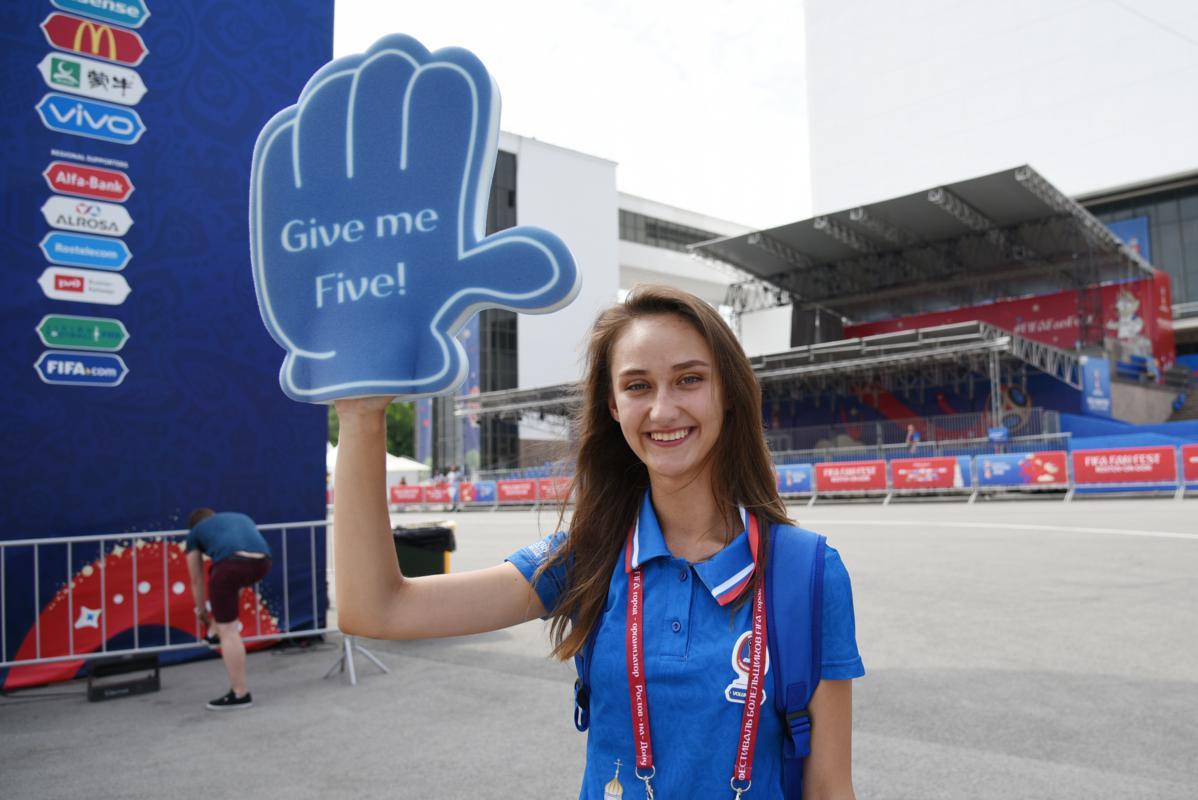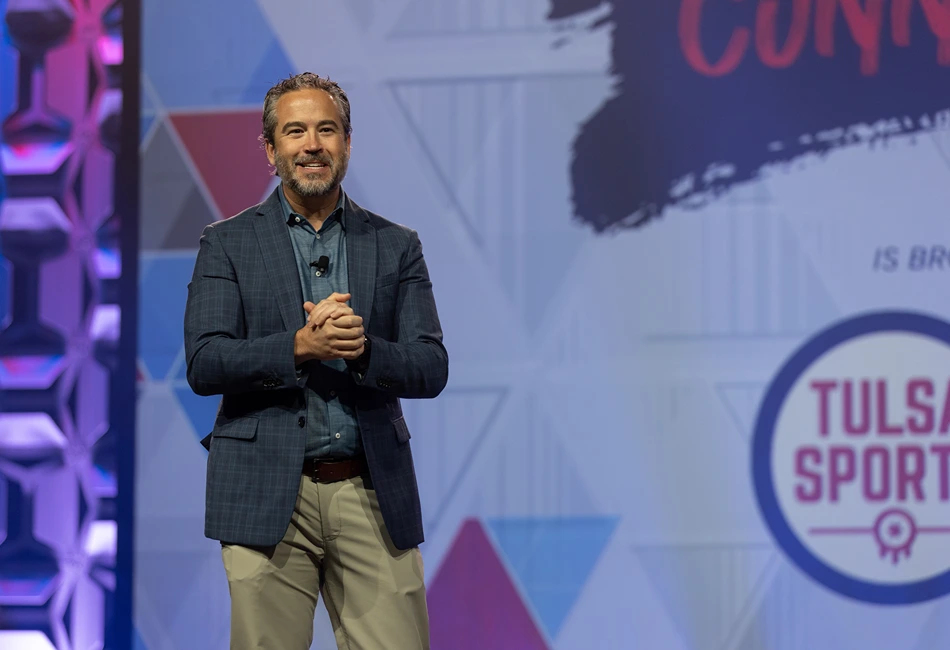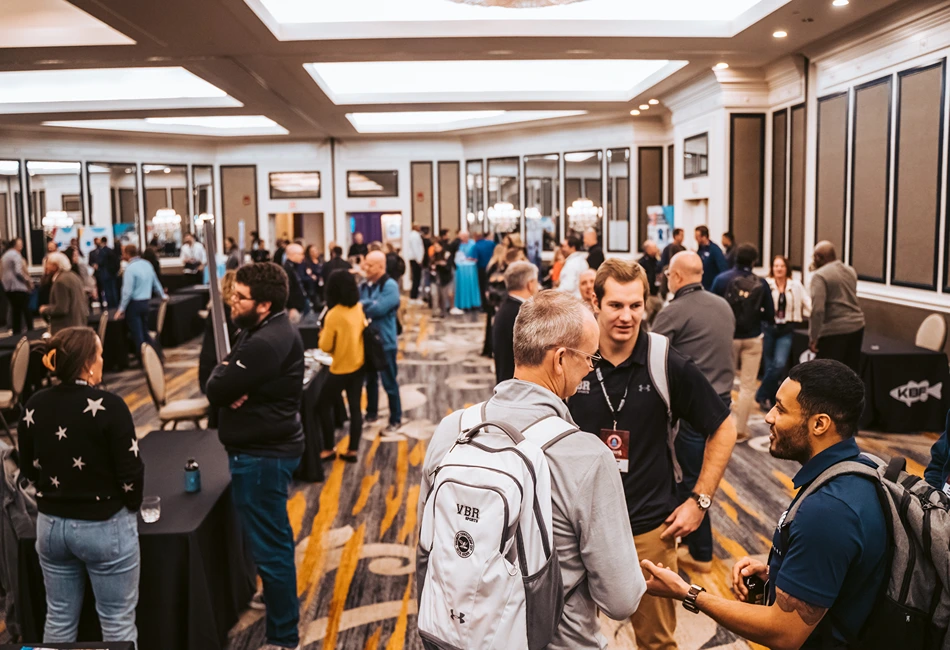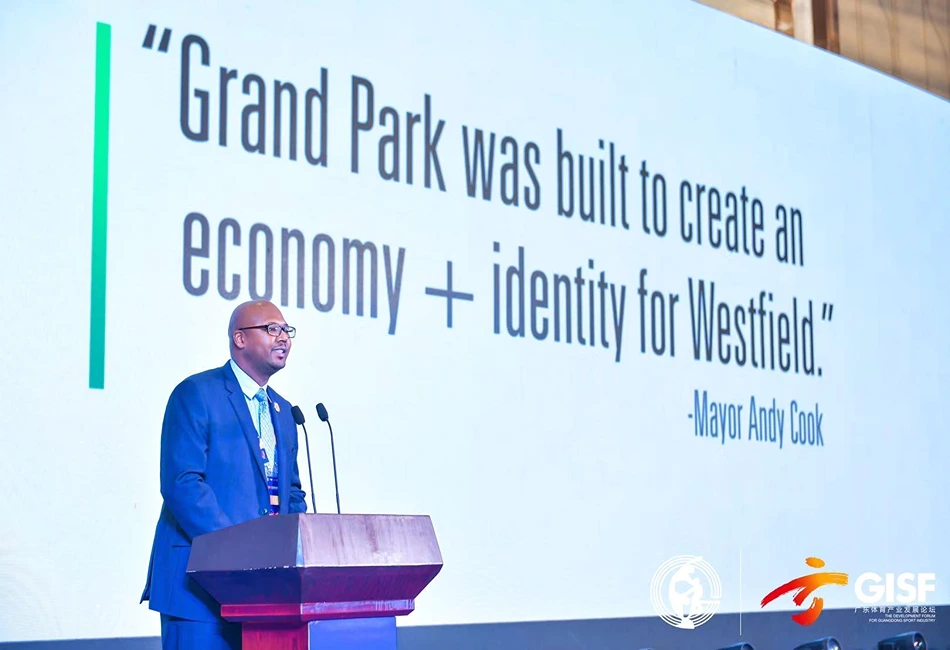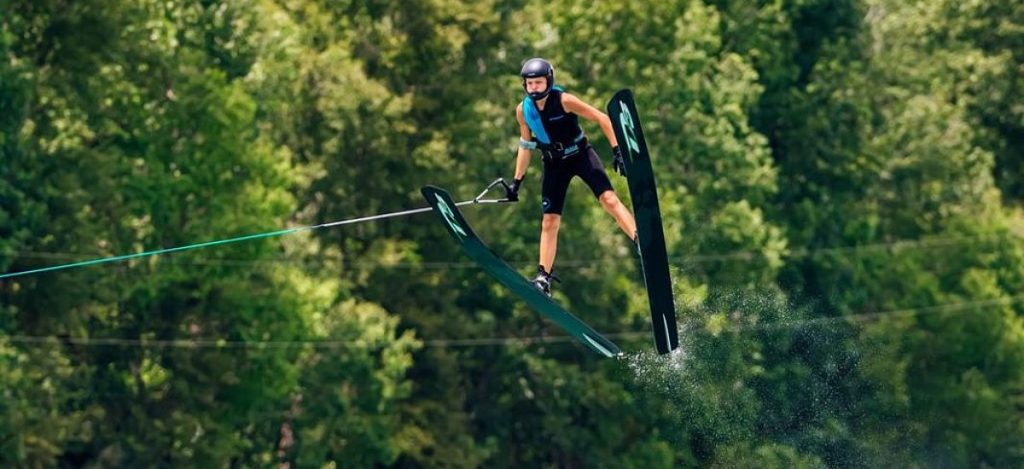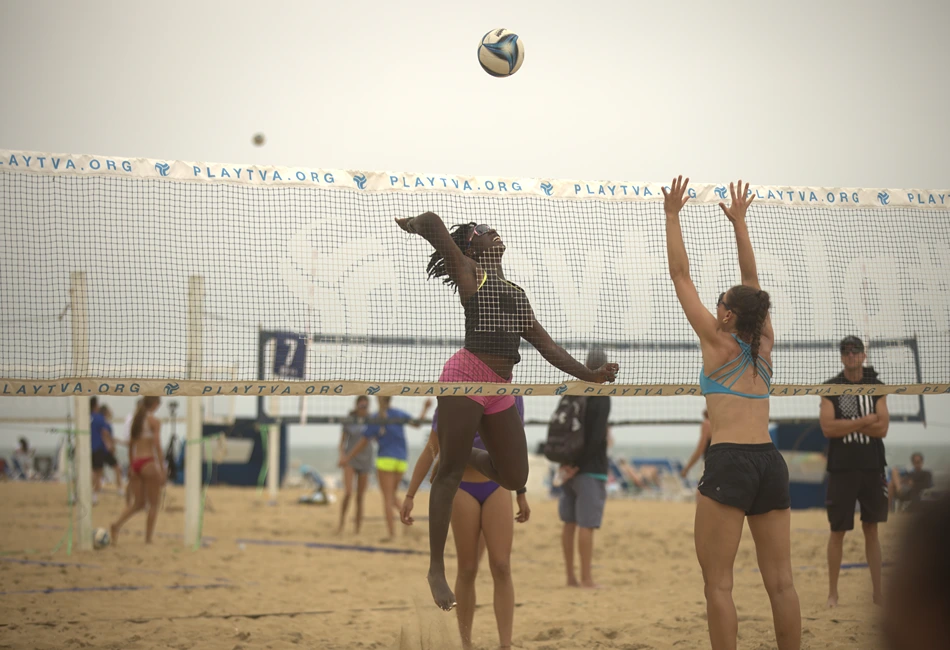Volunteers are the foundation of nearly every successful nonprofit organization and competition organizing committee. This article will define the factors involved in organizing a volunteer program that will support a large-sized activity or competition, and for maintaining it as a full-time program to support future events and activities.
But be forewarned, building and maintaining an effective and successful volunteer program is hard work and, like fundraising and public relations, requires a talented and committed person to accomplish it. We’ll look at the process in three operational time periods: pre-event planning, event conduct and post-event communications with its lead-in to the next event or to an ongoing program.
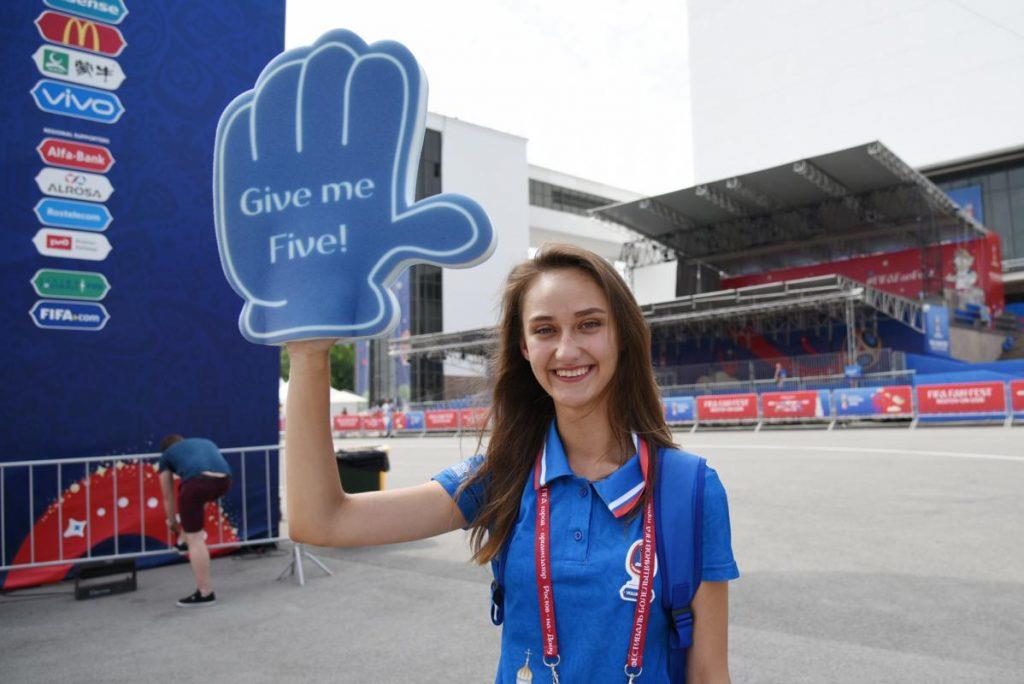
Building and maintaining a successful volunteer program is hard work and requires a talented and committed person to accomplish it.
The PRE-EVENT PLANNING phase starts with the hiring or recruitment of a volunteer coordinator. This person needs to possess a variety of skills and personality traits and to settle for less will eventually result in an ineffective program or a coordinator who quits. Your selected person should have excellent organizational skills and be attentive to detail. Past experience tells me your coordinator should be all of the following: self-motivated, even tempered, a good mediator/have good people skills, patient, able to see the big picture, able to handle multiple projects simultaneously, able to function with little sleep, and able to prioritize, maintain focus and delegate.
Once the volunteer coordinator has been identified, work can begin to create the volunteer services plan. There are a number of items that must be included in the plan, such as:
- What committees need volunteers and how many are needed?
- What will they be doing and are written job descriptions available?
- Where will they need to be and how do they get there?
- When do you need them and for how long?
- What services/benefits/parking/uniforms are available?
- Fully define the recruiting process, to include:
a. A volunteer registration form
b. An established information bank/database
c. Target markets for recruiting, i.e., people, groups, businesses, etc.
d. Processing and screening of applicants and, finally
e. Contacting and verifying the selected volunteers
This plan should be in place before any public announcement is made of an event or activity because, as with ticket sales, interested volunteers will assuredly start inquiring immediately.
The organization that takes the time to format a detailed volunteer services plan will find the second phase, EVENT CONDUCT, that much easier and most certainly more efficient.
Your organizing committee must have a clearly defined staff structure and lines of communication. Volunteers must know to

It’s important to remember
whatever you provide in the
way of volunteer services,
it will always be far less
than what you would pay
for comparable labor.
whom they report, especially in an emergency situation. If you’re organizing a large event that requires many volunteers over a period of days, then a volunteer handbook becomes almost a necessity. It would include information about the event itself, venue information with a diagram showing key locations, a venue evacuation plan, event schedules, transportation schedules and key contact phone numbers. One useful list would be Important Names to Know, so that a volunteer who came into contact with a VIP could be extra friendly. A list of Volunteer Policies and Procedures is essential and should emphasize dress code, conduct and shift information. Local information should also be a section in the handbook, to include restaurants, entertainment and shopping areas and local modes of transportation.
Participants with questions will approach the first recognizable volunteer. The golden rule for a volunteer is this: “If you don’t know the answer, find it or send them to someone who has it.” This leads to the primary source of information, your own staff. There is nothing worse than an organizing committee staff member who is unable to answer simple questions about the event. With months of preparation and committee meetings, all staff members should have a basic knowledge of every other area of operation. Just as important, your staff needs to be instructed to constantly acknowledge and show appreciation to volunteers, both individually and as a group. Public mention of volunteer support will show them they are appreciated and it results in good work performance.
Volunteer training is most helpful when provided in advance of the event, especially a few days prior. An orientation not only provides important information to them but it gives the organizing committee leadership the opportunity to motivate them and to explain the importance of their support. All of the basic information, uniforms, parking passes and job descriptions can be distributed this orientation.
With all of the aforementioned accomplished, the event itself is a snap. Volunteers show up, report to their work stations, do their jobs properly, and leave. Staff members must do their jobs by providing excellent supervision and, most important, giving the volunteers the support items needed to do their jobs. While realizing that large events are often challenged to fill all volunteer positions, creating a contingency pool is recommended. Our organization has called these reserves the Fifth Wheel or the Rapid Response Team, and they can be sent quickly to a trouble spot. A final helpful item is a critique by the volunteers, using a form at their check-out table. Getting input from them has been extremely valuable to conducting future events.
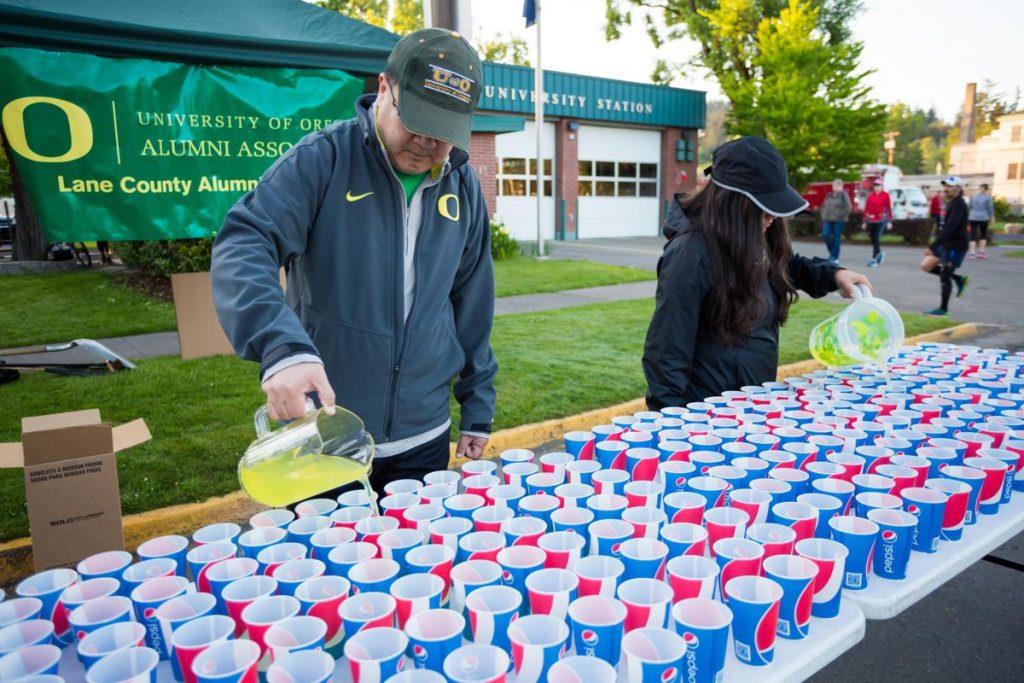
It’s important to remember that whatever you provide in the way of volunteer services, it will always be far less than what you’d pay for comparable labor. Items such as T-shirts, caps, vests, pins, parking, a lounge area, meals, snacks and beverages, and event tickets will all appeal to volunteers and make them feel appreciated.
Finally!!! It’s over!!! The participants have departed, the venue has been vacated, the event has been declared a success, and you’ve got hundreds, maybe thousands, of volunteers totally excited about staying involved. Whatever POST-EVENT COMMUNICATIONS projects you do or don’t do will affect both your organization’s future and theirs.
Before thinking about the future, however, finish up this event. Your volunteers need closure in the way of an appreciation letter, certificate or gift, and possibly a party. A party or pep rally immediately upon completion of an event is nice, but often not feasible due to event tear-down, but staging something soon after is a way to express your appreciation as well as announce future events.
Establishing an effective communications system should be a priority if you plan to utilize this group of volunteers again. Using emails is certainly the most economical means, but setting up a Facebook group is also effective. Maintaining the list, be it email or on Facebook, now becomes very important. If your organization maintains the ability to do some quick-recruiting of volunteers, then you have an efficient volunteer program. A word of warning about recruiting volunteers for outside events or organizations. Not everyone treats volunteers the same, and your volunteers will notice the difference, especially if they don’t receive proper treatment from others. When sending recruitment notices for outside events, make it very clear to the volunteers that you are not involved in that event.
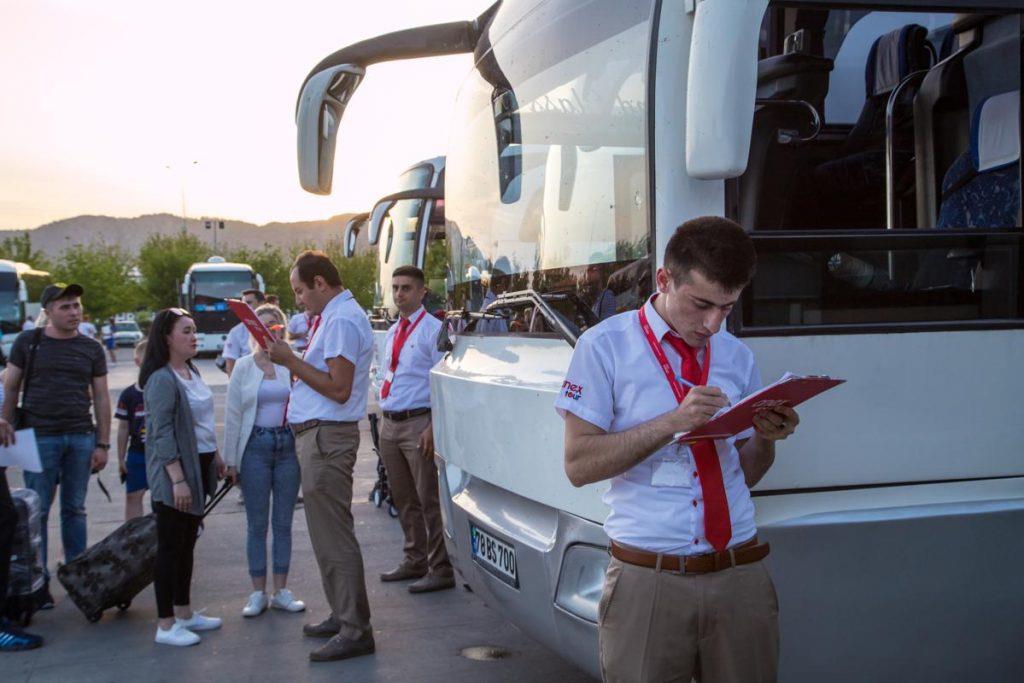
As for ongoing projects, our organization utilizes volunteer receptionists with each one working a specific half-day each week, and we naturally have a group of key volunteers who do various office projects. A Volunteer of the Year program is a great way to show appreciation and generate interest in the organization.
Lastly, the best method of maintaining an efficient volunteer program is to include volunteers in an assessment process and provide them with a channel for their suggestions. We have found a Volunteer Action Council to be very effective and most helpful for developing policies and procedures.
If this whole process sounds complicated to you, it should. There is nothing easy about managing an effective volunteer program and it requires a special person to do so. But with the right amount of effort and due diligence, you should be able to recruit excellent volunteers who will make your event a big success.
About the Author:
Bill Hanson is a co-founder of San Antonio Sports, a sports commission which was established in 1985 and which was also a founding member of the National Association of Sports Commissions. Retired after 42 years involvement in sports administration and operations, his event management experience includes the sport operations of the AAU Junior Olympic Games, U.S. Olympic Festival and State Games of Texas. He has organized and directed individual competitions for the 1984 and 1996 Olympic Games, Pan American Games, Goodwill Games, professional soccer and numerous NCAA, NGB, local youth competitions and other local events created by San Antonio Sports. Bill is a past chairman of the National Association of Sports Commissions and, in 2018, was inducted into the San Antonio Sports Hall of Fame.

